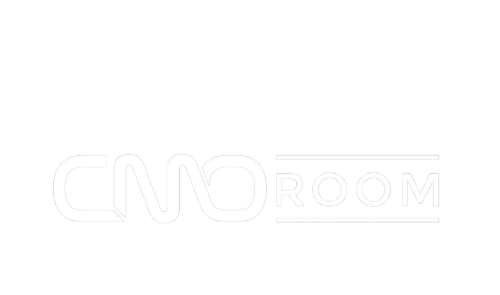How Advertising Has Changed: Pre-Pandemic vs. Today
- info8681780
- Jul 24
- 2 min read
Updated: Jul 28
The advertising world has always been shaped by social shifts, technological trends, and economic cycles. But nothing in recent memory has disrupted and redefined the industry quite like the COVID-19 pandemic. The contrast between advertising immediately before the pandemic and advertising today is stark. From tone and targeting to platforms and priorities, nearly every aspect of the field has evolved to meet the demands of a changed world.

In the months leading up to 2020, advertising was confidently riding a digital wave. Budgets were growing, consumer data was plentiful, and performance marketing was the golden child of nearly every strategy deck. Brands spent big on influencer partnerships, high-production video shoots, and experiential events that banked on real-world interaction. In-person activations and glossy campaigns reigned supreme.
Consumer behavior was more predictable. Commutes, work routines, travel habits, and seasonal trends offered clear guideposts for timing and messaging. Targeting strategies relied heavily on this consistency. Marketers often spoke with a tone of aspiration and achievement, appealing to a vision of status and success.
Social media, while powerful, had not yet fully overtaken other channels in terms of urgency and relevance. TikTok was still on the rise. Linear TV was holding on. Attention spans were longer. Messaging was cleaner. Everything, in short, was more structured.
Advertising Today: Emotion, Agility, and the Algorithm
Post-pandemic, the landscape looks entirely different. The global crisis reshaped how people shop, think, and spend. In turn, advertising has had to become more human, more responsive, and more platform-native than ever before.
Tone is the most obvious change. Consumers are more emotionally attuned and more skeptical of brands that seem disconnected or opportunistic. Authenticity is now a requirement, not a buzzword. Campaigns that resonate tend to speak to values, resilience, humor, or shared struggle. Performance still matters. However, storytelling that feels real, raw, and immediate is the new currency of connection.
The rise of TikTok accelerated during lockdowns and permanently changed how ads are made and consumed. Content is shorter, scrappier, and far more experimental. Brands now build campaigns in real time, adapting to trends, memes, and conversations that can shift by the hour. Agile creative processes and in-house teams have largely replaced the lengthy agency timelines that once dominated.
Events and physical experiences are back. However, they are no longer the centerpiece of strategy. Instead, hybrid and digital-first experiences, often amplified through creators, are the norm. Influencer marketing has matured, moving from macro-celebrities to niche, high-trust creators with loyal followings.
Privacy changes have also transformed targeting. With the deprecation of third-party cookies and new iOS restrictions, advertisers have turned to first-party data, contextual targeting, and AI-powered personalization. The challenge is no longer just finding your audience. It is doing so ethically and efficiently.
The Bottom Line
Advertising has always reflected the culture it serves. Before the pandemic, that culture was marked by growth, polish, and predictability. Today, it is shaped by uncertainty, connection, and adaptation. Brands that succeed in this era are the ones that speak plainly, act quickly, and meet consumers where they are—in their values, in their feeds, and in the moment.





Comments